Unfortunately, it seems that we must still climb mountains to prove that we can also surpass research. Andrew was almost two-years old when I came across some research information regarding Prader-Willi syndrome that stated, “Failure of mathematical skills is the most distinctive feature in the cognitive profile of PWS.” That might be… but the renegade in me thought, “Well, we will see about that.” Math fluency moved to the top of my priority list.
I really (REALLY) dislike being told what the future is going to be. When Andrew was a newborn, genetics told us that he would never sit up, crawl, walk, or talk. We proved this diagnosis wrong and just for spite, we also added skiing, hiking, swimming, and biking. Now it was time to conquer school subjects.
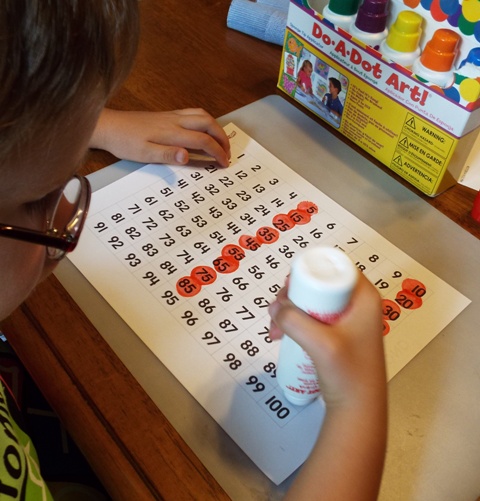
like the brain was not mature enough to accept such a
concept and then voila, one day it was ready.
Creating a Firm Math Foundation
I made up my mind that I was going to do whatever it took to create a firm math foundation. My game plan was math fluency and I wanted to know just how far Andrew could go in math. I started searching for a math curriculum with requirements that I felt was best for Andrew. I wanted pages with colored pictures, lots of white space and not crowded with an overwhelming amount of problems. Most of all it needed to look friendly.
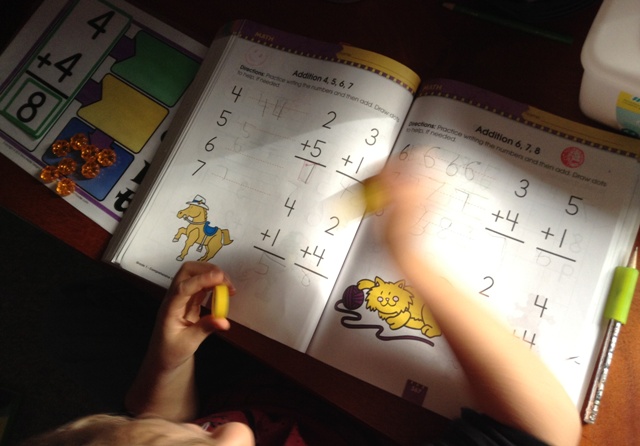
My first hurdle in teaching math fluency was that many workbooks teach a spiral curriculum method where small units of math are taught in blocks. Andrew would just start to understand a block of addition but then we wouldn’t practice addition again for another twelve pages. By the time addition surfaced, Andrew had totally forgotten most of what he had learned. In my opinion, there were too many types of units introduced in a short amount of time with too few problems that didn’t allow for continual progress. This method, so common in the United States, was just not working for us.
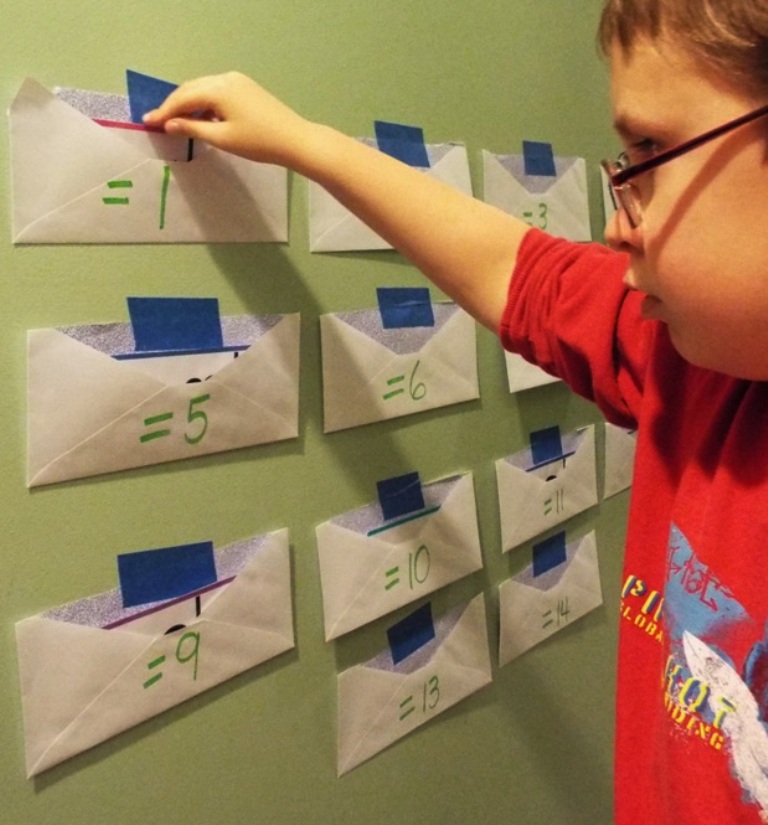
Repetition and Memorization
About this time, my mom entered an independent living residence. She could ‘wow’ the residents and staff (me included) with her ability to speed through Andrew’s flash cards. It didn’t matter if it was addition, subtraction, multiplication, division, or even spelling. I wanted to know how math and spelling was taught in the 1920s and ‘30s because whatever method was used – it was still working 75 years later! I discovered two critical key elements: repetition and memorization.
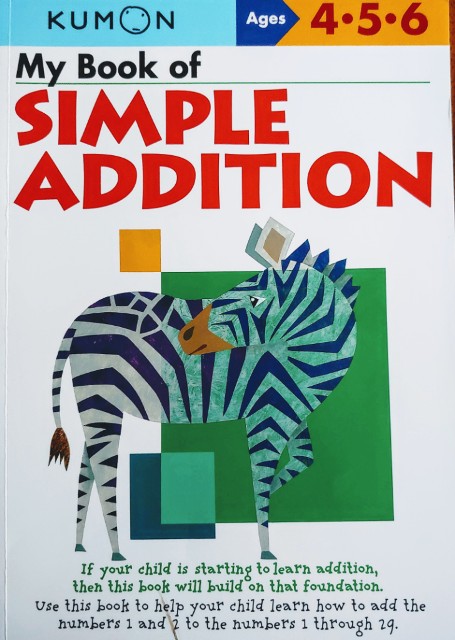
Slow but Steady Wins the Race
Because the spiraling style curriculum did not have enough repetition for Andrew to fully absorb the content, I decided that Andrew needed to grow and mature with ‘one’ unit of math at a time. In preschool, I used a Comprehensive Curriculum of Basic Skills that I found at Sam’s Club. I love the fact that homeschooling affords me the time to work slowly at our own pace. There were times I thought we were going to succumb, and that research would win. It was a very slow process at first and it took an entire year to accomplish addition. But that was okay…. it was a needed building block if we were going to move forward.
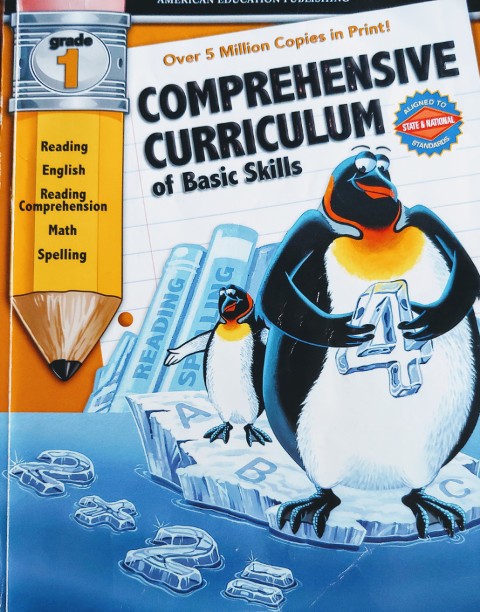
Repetition and patience were important in the memorization of math facts. Being able to retrieve answers quickly added a boost in Andrew’s self-confidence level, there was less anxiety, and his fluency increased over time.
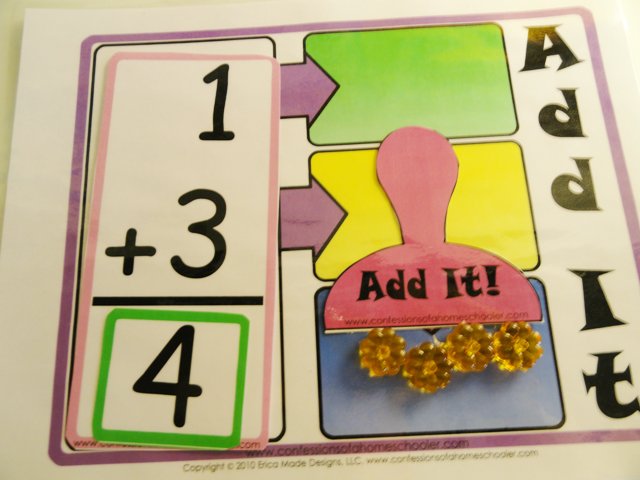
All children are different and their capabilities and learning styles vary. What worked for us might not work for another family. Be patient and keep trying different techniques that fit your child’s learning ability. Persistence will eventually lead to progress!


